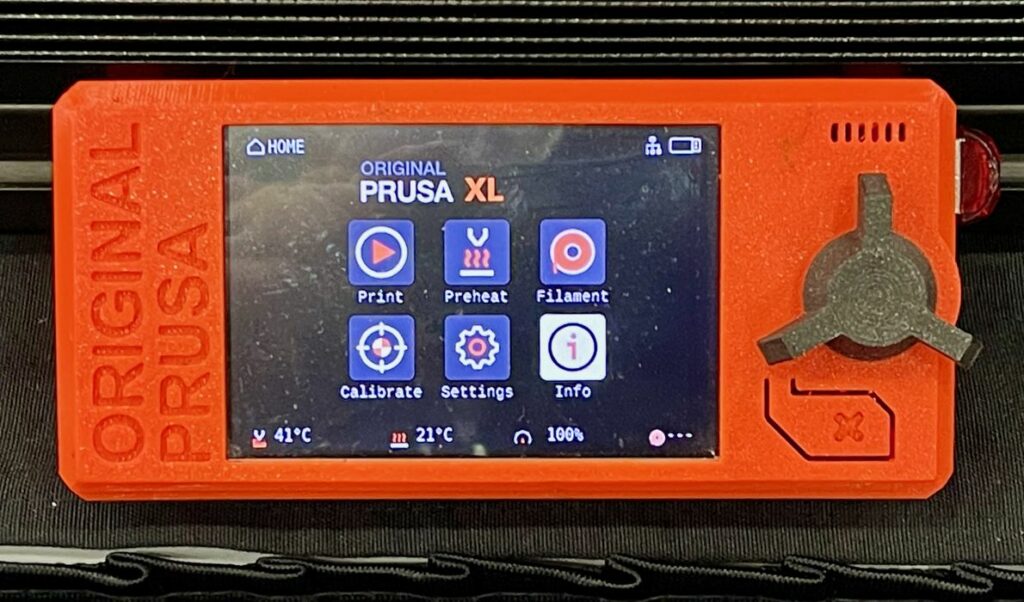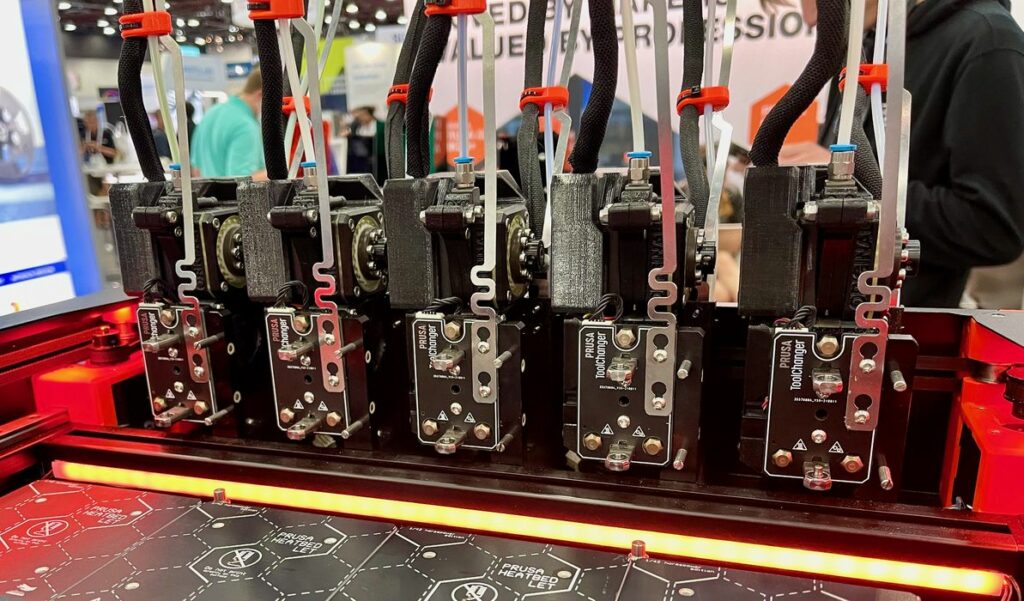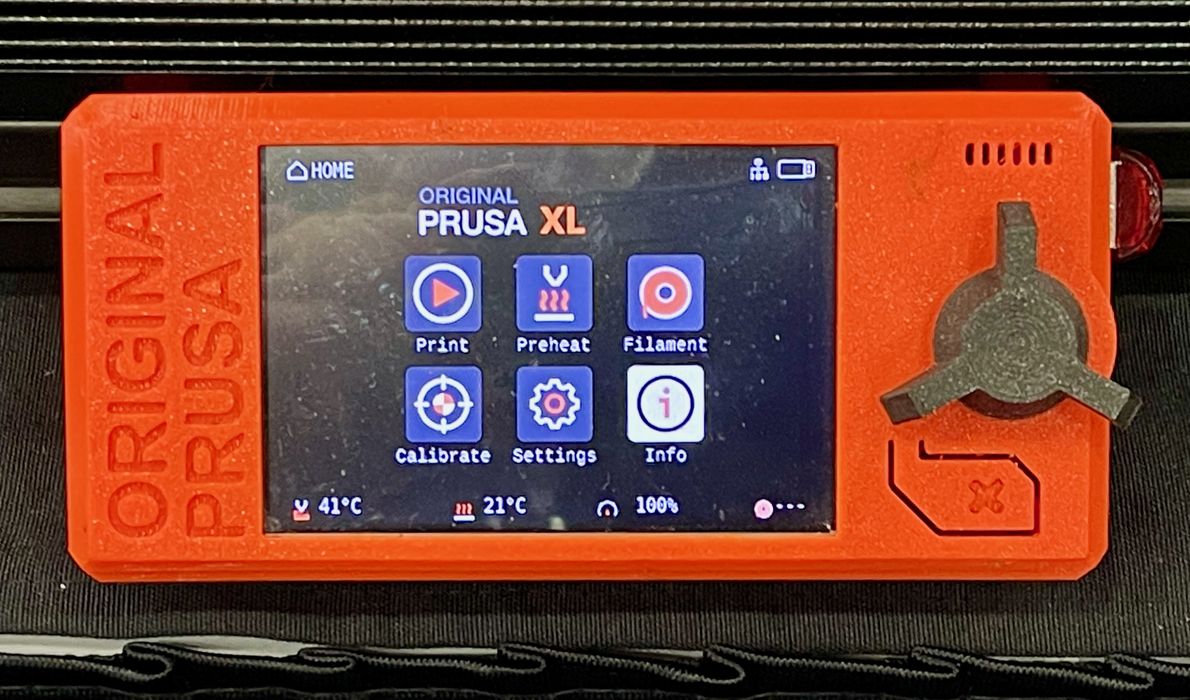
It seems to me that Prusa Research is gradually moving into professional and industrial 3D printing markets.
I’ve been observing the highly successful company for several years and there are several signs that this is the case.
While Prusa Research started years ago with a basic desktop i3 3D printer design, they have very smartly iteratively upgraded their design to something close to perfect today for the hobbyist and DIY market. Combined with reasonable pricing, outstanding support and laser focus on community, they’ve captured a vast portion of the desktop 3D printer market, and are considered one of the few leaders in the field.
All companies want to grow, and this is a question that also faces Prusa Research. While they continue to sell huge quantities of desktop 3D printers, it is still within a relatively small portion of the overall market. This is because many consumers simply don’t know how to use the machines, are intimidated by them, or don’t understand what they could do with them. That’s a problem that no one has figured out yet, and it’s unlikely to be solved soon.
Big companies need to grow in big steps, otherwise the growth percentage is insufficient, so Prusa Research has to explore new markets that can offer significant opportunities for growth.

That’s one reason why we see the company making moves that seem a little distant from their traditional market. These include:
- The introduction of the Prusa XL 3D printer, which offers advanced function likely useful only to professionals, and at a price point far above the affordability level of their traditional market
- The announcement of an automated 3D print farm system, which leveraged their own internal learnings, but which won’t likely be used by any individuals in their traditional market
- The introduction of a number of engineering materials in their Prusament line of high quality filaments
And one move they haven’t taken is also significant: the flagship Prusa MK3S+ 3D printer, first introduced several years ago, has had some terrific upgrades, but there hasn’t yet been a move to replace it with a “version 4”. Instead the company has focused on products aimed at new markets.
Externally, Prusa Research faces increasing competition. When Prusa Research launched there were inexpensive desktop 3D printers on the market, but generally they were of questionable quality and had very poor support. Prusa Research’s brilliance in design, support and service was able to overcome those issues and thus gathered a huge audience of clients and supporters.
But over time that equation is shifting. I’ve been reviewing dozens of low-cost desktop 3D printers for many years, and there is a very clear pattern: these other machines are getting better and better. This is not universally true, but in general the competing machines are notably better, particularly in the past two years.
The competing machines have many added features, including various forms of automated calibration, vastly improved styling and assembly processes, and the print quality and reliability is significantly improved. The print quality is likely sufficient for many, even though Prusa Research’s may still be better.
These competing machines are available at prices lower than Prusa Research offers, and increasingly so. Sometimes the price gap is 2X or even more. That’s increasingly attractive to buyers.
However, competing machines are still far behind Prusa Research in terms of service & support, documentation, branding, ease of use and strong community alignment. In these areas Prusa dominates.
Until they don’t. What happens when one or more of the competitors figures this out and reworks their public facing aspects? What if their communications, documentation, service and support are improved?
I suspect this could be a concern for Prusa Research. Accordingly, they are wisely positioning for opening up new markets, as indicated by the several out-of-market moves they’ve made. It’s probable they have more in store for us in the future.
But there’s one more signal I have observed.
Prusa Research founder Josef Prusa is one of the most interesting and insightful people in the space. For years he has personally become the brand for his company, and you’ll see his name — and image — on many of the company’s products. He’s easy to recognize with his trademark Ascot cap.

Recently, however, I’ve noticed he’s begun to increasingly appear publicly WITHOUT the cap! And earlier this year we spotted him not only capless, but also wearing a business blazer. It appears that not only are the products shifting towards new markets, but the branding, too.
It seems that Prusa Research is slowly evolving towards professional and industrial 3D printing, even in appearance, but there are many good reasons for them to do so. Whether this means they may eventually leave their current market is unknown, and it depends mostly on how their competition evolves.
Do you expect Prusa Research to continue to create products for professionals?


I’m running MK2.5, MK3s+ & Mini – Everything works just great. What is missing from the lineup is a dual extruder version that allows for supports being printed with other than the printing filament. I was hoping an upgrade to the MK3 line without having to go all the way to the XL. However the XL sounds super exciting and when I have the $$$ I’ll be buying one.
Fabbaloo – Thanks for your informative and timely info on the state of 3D Printing!